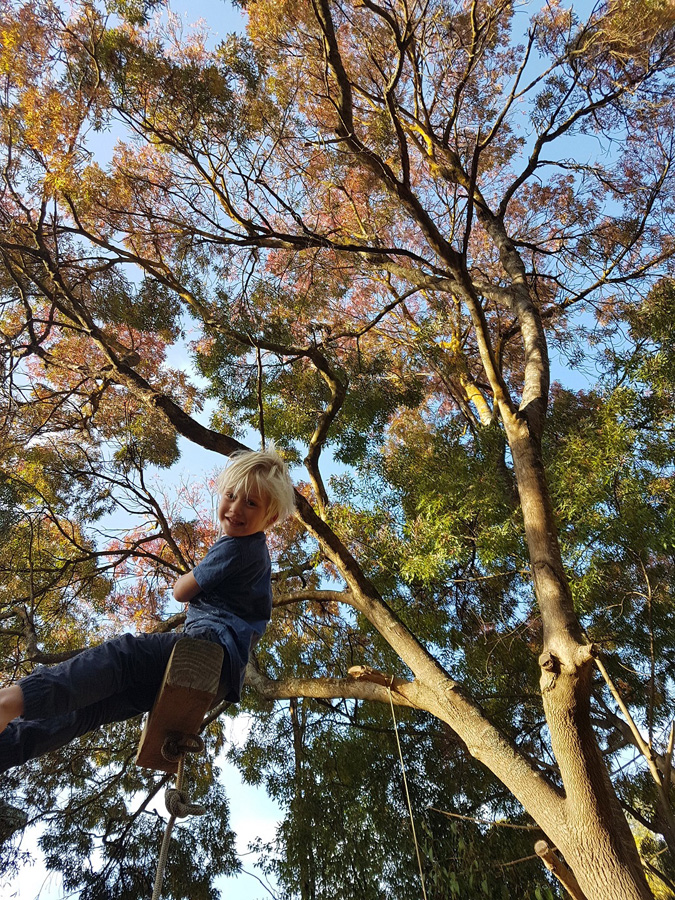Living Melbourne: our metropolitan urban forest
After three years of work, The Nature Conservancy (TNC) and Resilient Melbourne are proud to mark World Environment Day 2019 by announcing a new metropolitan wide urban forest strategy for Melbourne called Living Melbourne: our metropolitan urban forest. The strategy is a first for Australia (and one of the first in the world) in its scale and because it has mapped all vegetation across public and private lands across the entire Melbourne metropolitan area. The map shows which regions have an abundance of trees and shrubs and those which have little.
“Melbourne’s highly valued tree cover is under threat,” said Dr James Fitzsimons, Director of Conservation at TNC Australia. “Changes in urban development, a growing population and climate change are all compromising the benefits derived from our urban forest like cleaner air and water, reduced heat and habitat for wildlife.”
To prevent ongoing decline in the urban forest – all the trees and shrubs that fill our parks and gardens (public and private) and line our streets and waterways – Resilient Melbourne and TNC came together in 2016 to develop a metropolitan-scale strategy to protect and enhance Melbourne’s urban forest into the future.
“A key element in our approach was to recognise the need for collaboration across all of metropolitan Melbourne’s 32 councils, the Victorian government and many of the authorities who influence our urban forest,” recalled Maree Grenfell, Acting Chief Resilience Officer at Resilient Melbourne.
“The result – Living Melbourne – is a galvanising plan critical for maintaining Melbourne’s status as one of the world’s most liveable cities, not just for people but also for nature. Formally endorsed by 42 organisations, Living Melbourne is unprecedented in the support it has achieved across the metropolitan area for its vision, goals and actions. Melbourne, like many other large cities across the world, is challenged by increasing extreme events, like heatwaves and storms. Our liveability and resilience is compromised by social fragmentation, inequity and urban expansion. Now is the time to work together for a thriving future.”
Supported by solid evidence, Living Melbourne sets out six recommended actions which provide for healthy people, abundant nature and natural infrastructure:
- Protect and restore species habitat, and improve connectivity
- Set targets and track progress (allowing for growth in the extent of the urban forest despite current losses)
- Scale up greening in the private realm
- Collaborate across sectors and regions
- Build a toolkit of resources and underpin implementation
- Fund the protection and enhancement of the urban forest.
With the strategy now completed, The Nature Conservancy and Resilient Melbourne will work collaboratively with stakeholders and the private sector to identify and prioritise a suite of financing tools that will support the implementation of Living Melbourne.
To view and download Living Melbourne, click below:
Strategy Overview (eight pages)
Strategy (84 pages)
To read more about Living Melbourne, visit the website.




